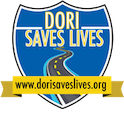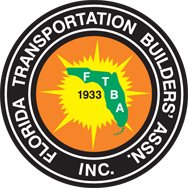Wear The Proper Protection
If you're ever in a serious motorcycle crash, the best hope you have for protecting your brain is a motorcycle helmet. Always wear a helmet meeting the U.S. Department of Transportation (DOT) Federal Motor Vehicle Safety Standard (FMVSS) 218. Look for the DOT symbol on the outside back of the helmet. That is the manufacturer's way of certifying the helmet meets the DOT standard. A certified helmet also will have a permanent inside label identifying the manufacturer and providing information about the care and use of the helmet.
- Helmets meeting FMVSS 218 weigh around three pounds; have a thick polystyrene-foam lining; and sturdy chinstraps.
- ANSI or Snell labels are voluntary indicators of helmet quality.
- Don't leave your helmet behind on short trips because it could be a deadly mistake.
- Some motorcycle helmets, in addition to offering protection to your head in a crash, include plastic face shields that offer protection from wind, rain, insects, dust, and stones thrown up from cars. If your helmet doesn't have a face shield, be sure you wear goggles because eyeglasses won't keep your eyes from watering, and can easily fall off.
Arms and legs should be completely covered when riding a motorcycle, ideally by wearing leather or heavy denim. In addition to providing protection in a crash, protective gear also helps prevent dehydration. Boots or shoes should be high enough to cover your ankles, while gloves allow for a better grip and help protect your hands in the event of a crash. Wearing brightly colored clothing with reflective material will make you more visible to other vehicle drivers.








